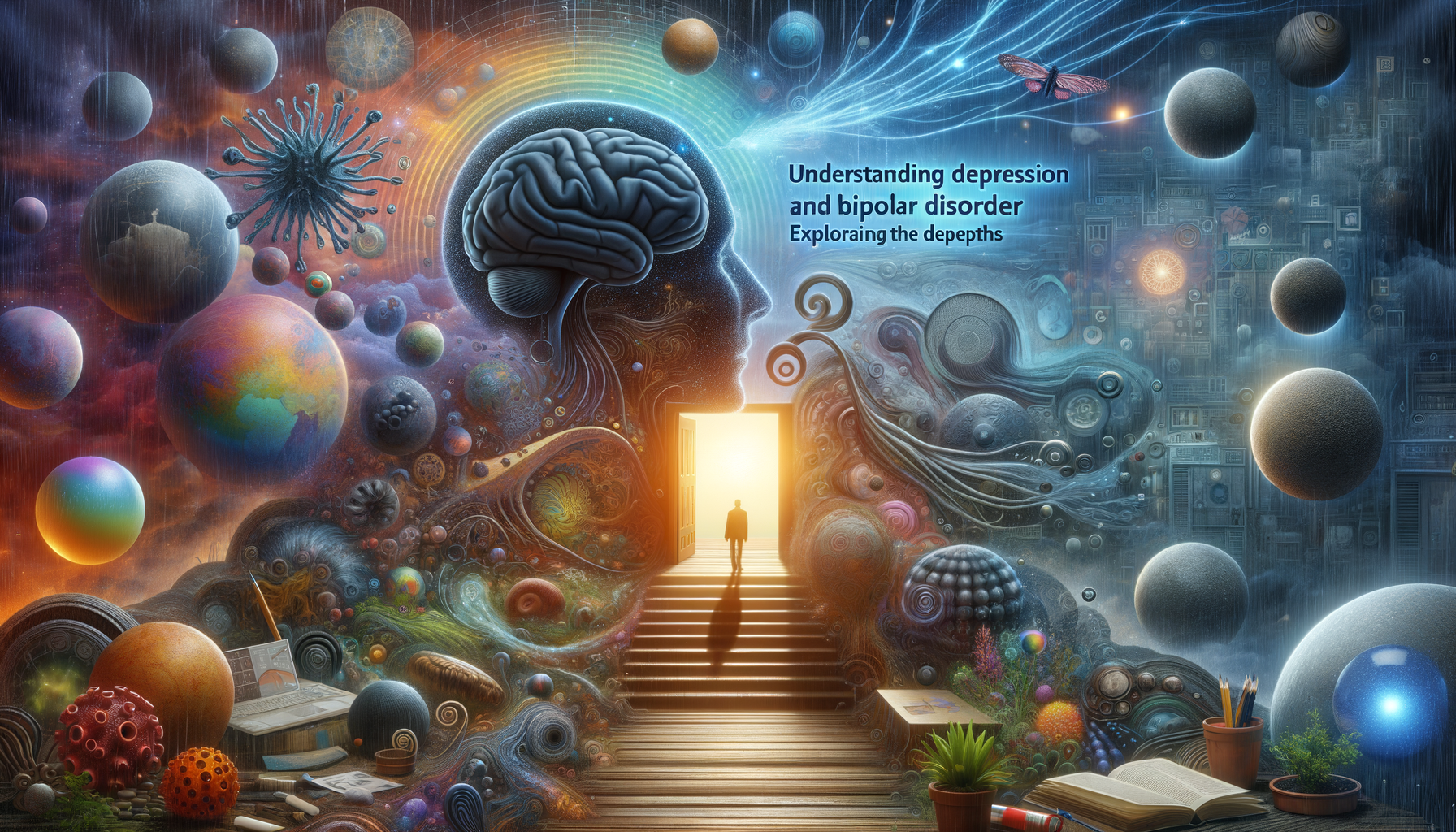Understanding Depression: A Closer Look
Depression is a common yet serious mental health condition that affects millions of people worldwide. It goes beyond the occasional feelings of sadness or temporary “blues” and can severely impact one’s daily life. Symptoms of depression can vary widely, including persistent feelings of hopelessness, loss of interest in activities, changes in appetite or weight, and difficulty concentrating. The World Health Organization estimates that over 264 million people suffer from depression globally, making it a leading cause of disability.
Depression can manifest in various forms, such as major depressive disorder, persistent depressive disorder (dysthymia), and seasonal affective disorder (SAD). Each type presents unique challenges and may require different treatment approaches. For instance, major depressive disorder is characterized by severe symptoms that interfere with daily functioning, while dysthymia involves a chronic state of depression lasting for at least two years.
Understanding the risk factors for depression is essential for early detection and intervention. These factors can include genetic predisposition, significant life changes, trauma, and certain medical conditions. It’s important to note that depression is treatable, and a combination of therapy, medication, and lifestyle changes can lead to significant improvement. Resources such as support groups and mental health professionals play a vital role in providing the necessary support for those affected.
Demystifying Bipolar Disorder: The Spectrum of Mood
Bipolar disorder is a complex mental health condition characterized by extreme mood swings, including emotional highs (mania or hypomania) and lows (depression). These mood episodes can vary in duration and intensity, affecting a person’s ability to function in daily life. Unlike depression, bipolar disorder involves these distinct periods of elevated mood, which can be both exhilarating and disruptive.
There are several types of bipolar disorder, including Bipolar I, Bipolar II, and Cyclothymic Disorder. Bipolar I disorder involves manic episodes that last at least seven days, or severe mania that requires immediate hospital care. Bipolar II disorder is defined by a pattern of depressive episodes and hypomanic episodes, but not the full-blown manic episodes typical of Bipolar I. Cyclothymic disorder involves numerous periods of hypomanic symptoms and depressive symptoms lasting for at least two years.
Understanding the symptoms and triggers of bipolar disorder is crucial for managing the condition. Common triggers can include stress, sleep disturbances, and substance abuse. Effective management often involves a combination of medication, therapy, and lifestyle adjustments. It is vital for individuals with bipolar disorder to have a strong support system and access to mental health resources to navigate the challenges of this condition.
Resources and Support: Navigating the Path to Recovery
Access to resources and support is critical for individuals dealing with depression and bipolar disorder. Mental health professionals, including psychologists, psychiatrists, and counselors, provide essential guidance and treatment options. Therapy approaches such as cognitive-behavioral therapy (CBT) and interpersonal therapy (IPT) have proven effective in treating depression and bipolar disorder by helping individuals develop coping strategies and improve their emotional regulation.
Support groups offer a valuable platform for sharing experiences and receiving encouragement from others who understand the struggles of living with these conditions. Online forums and community groups provide a sense of belonging and can be a source of comfort and advice. Additionally, various organizations and helplines offer free and confidential support for those in need.
For those seeking to understand their mental health better, online depression and bipolar disorder tests can be a helpful starting point. These tests are designed to assess symptoms and provide insight into whether professional evaluation might be necessary. However, it’s important to remember that these tests are not diagnostic tools and should be followed by consultation with a healthcare provider for an accurate diagnosis and treatment plan.




Leave a Reply